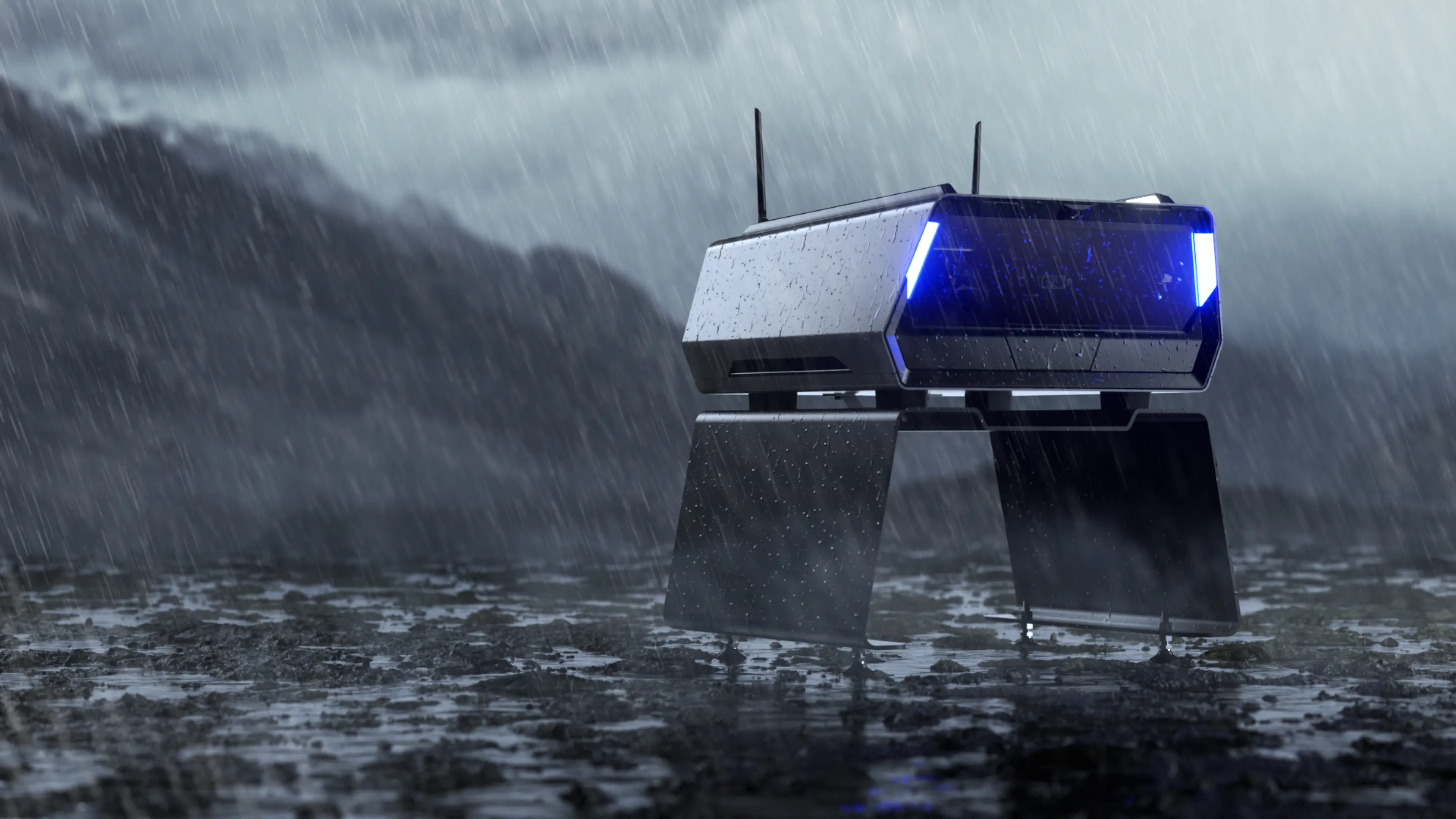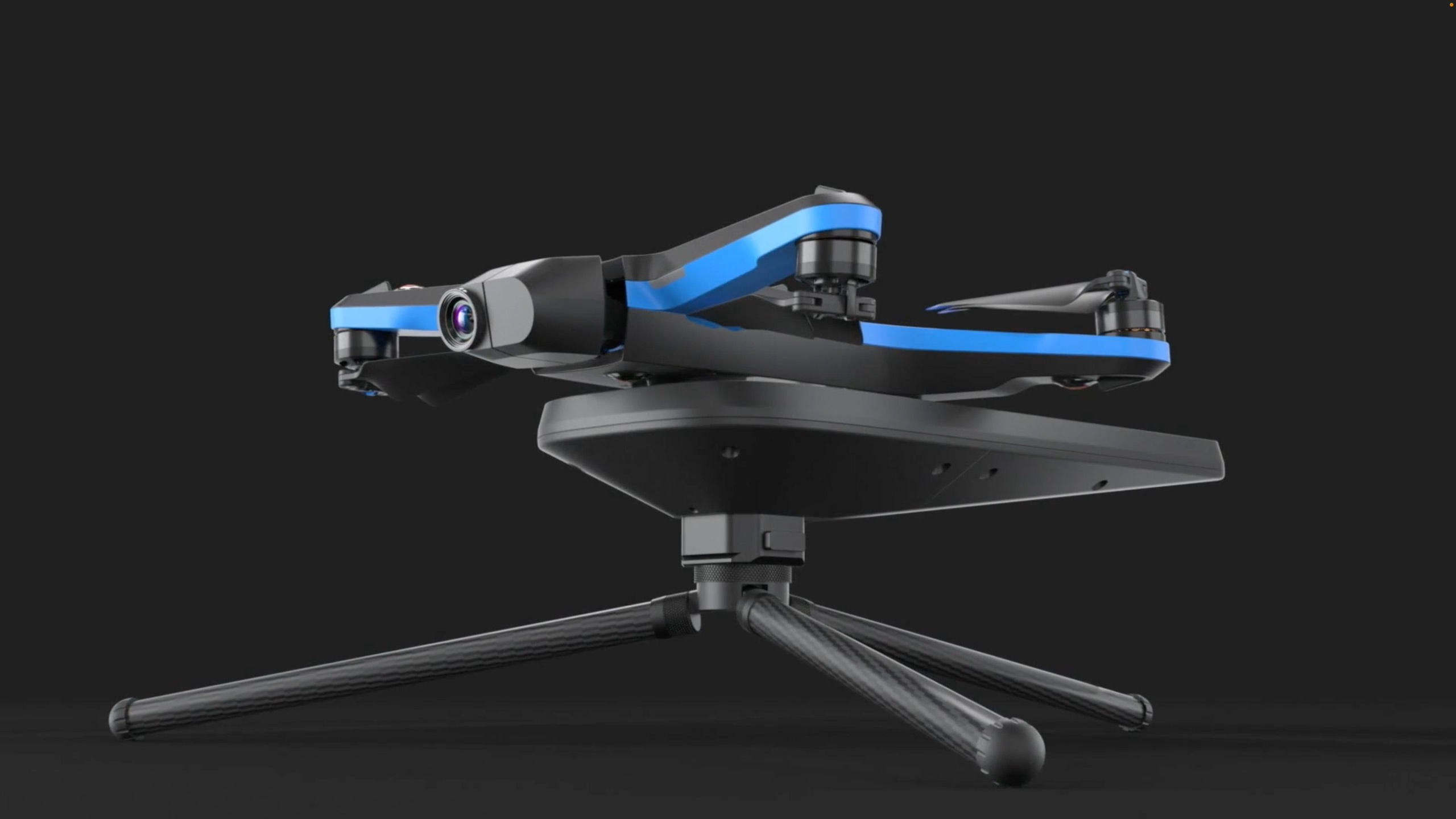Skydio takes the human touch out of flying drones
The biggest American firm in drones launches robotic docks for automated flying missions

Last week Skydio CEO Adam Bry launched the long-teased Skydio Dock and Remote Ops software platform via a streamed event. Right from the start, he explained that the aim of this product was to “break the one-to-one dependence between the pilot and drones.”
Bry continued by stating that “enabling drones to do work on their own is an extremely powerful concept; in fact, it’s the future of the industry for most applications.” That is where their new Skydio Dock will step in – providing a safe home the drone can take off and land from, before going on to operate self-piloted missions.
An example of the kind of mission Skydio have in mind is autonomous regular inspection. With the aircraft able to regularly return to specific locations in 3D space and capture an image, the software can provide a regularly updated view without a pilot needing to be involved.

The key new device, the Skydio Dock, occupies around 4 square feet and weighs 28kg / 62lb, significantly less than the DJI Dock (for the Matrice 30). It can maintain standby between -40˚ - 60˚C (-40˚ - 140˚F), and is IP56 weatherproof. When the drone is to be deployed, a door opens, from which a landing arm is extended. The drone doesn’t take off until the door is closed behind it, so dust and liquid aren’t pushed into the dock. Built-in LEDs are used as part of a propellor inspection process.

Skydio’s has already solved a lot of the necessary issues with aircraft able to sense and understand obstacles in their environment, even without GPS, thanks to the built-in 6-camera system. In fact, Skydio notes that indoor operations are as much part of their thinking as outdoor – unlike other docks. They call this Skydio VPS – Visual Positioning System – which essentially re-uses positioning data over and over as the drone flies repeated missions. Objects (or at least those which don’t move) help provide highly accurate positioning for the drone, indoors or out, without requiring RTK.
Also demonstrated was Skydio Dock Light, a small landing pad big enough to include a QR-like symbol and somewhere for the battery to fall, supported by a simple tripod a little bigger than the drone; this specifically for indoor use.

Both devices work together with the Remote Ops app, which allows missions to be planned, sending the drone to points in 3D space which it can return to and gather more imagery or video at regularly scheduled intervals. The result can be viewed later “like a time machine.”
Get the Digital Camera World Newsletter
The best camera deals, reviews, product advice, and unmissable photography news, direct to your inbox!
During their presentation, Jenn Player, Skydio’s Senior Director of Regulatory Affairs, explained how her team helps customers get successful waivers from the FAA to operate operations beyond visual line of sight (BVLOS). Skydio specifically noted how successful they have been in getting FAA approval when drones are operating low to the ground, and the investment they’ve made in having a team to help customers take advantage of existing installations.

Skydio’s autonomous equipment is available now, in the United States and Japan, and the company is keen to supply interested parties directly so they can develop the technology as needed. Coming soon are autonomous 3D mapping missions, security patrols with person detection, and other features. There is a Skydio API allowing the technology to be implemented directly by some companies, though the Remote Ops app means missions can be planned from a simple laptop
This initial launch – the ‘Early Access Programme’ – is available only from Skydio directly, via https://www.skydio.com/skydio-dock.
Take a look at the best camera drones available now, or get started with the best drones for beginners

With over 20 years of expertise as a tech journalist, Adam brings a wealth of knowledge across a vast number of product categories, including timelapse cameras, home security cameras, NVR cameras, photography books, webcams, 3D printers and 3D scanners, borescopes, radar detectors… and, above all, drones.
Adam is our resident expert on all aspects of camera drones and drone photography, from buying guides on the best choices for aerial photographers of all ability levels to the latest rules and regulations on piloting drones.
He is the author of a number of books including The Complete Guide to Drones, The Smart Smart Home Handbook, 101 Tips for DSLR Video and The Drone Pilot's Handbook.
